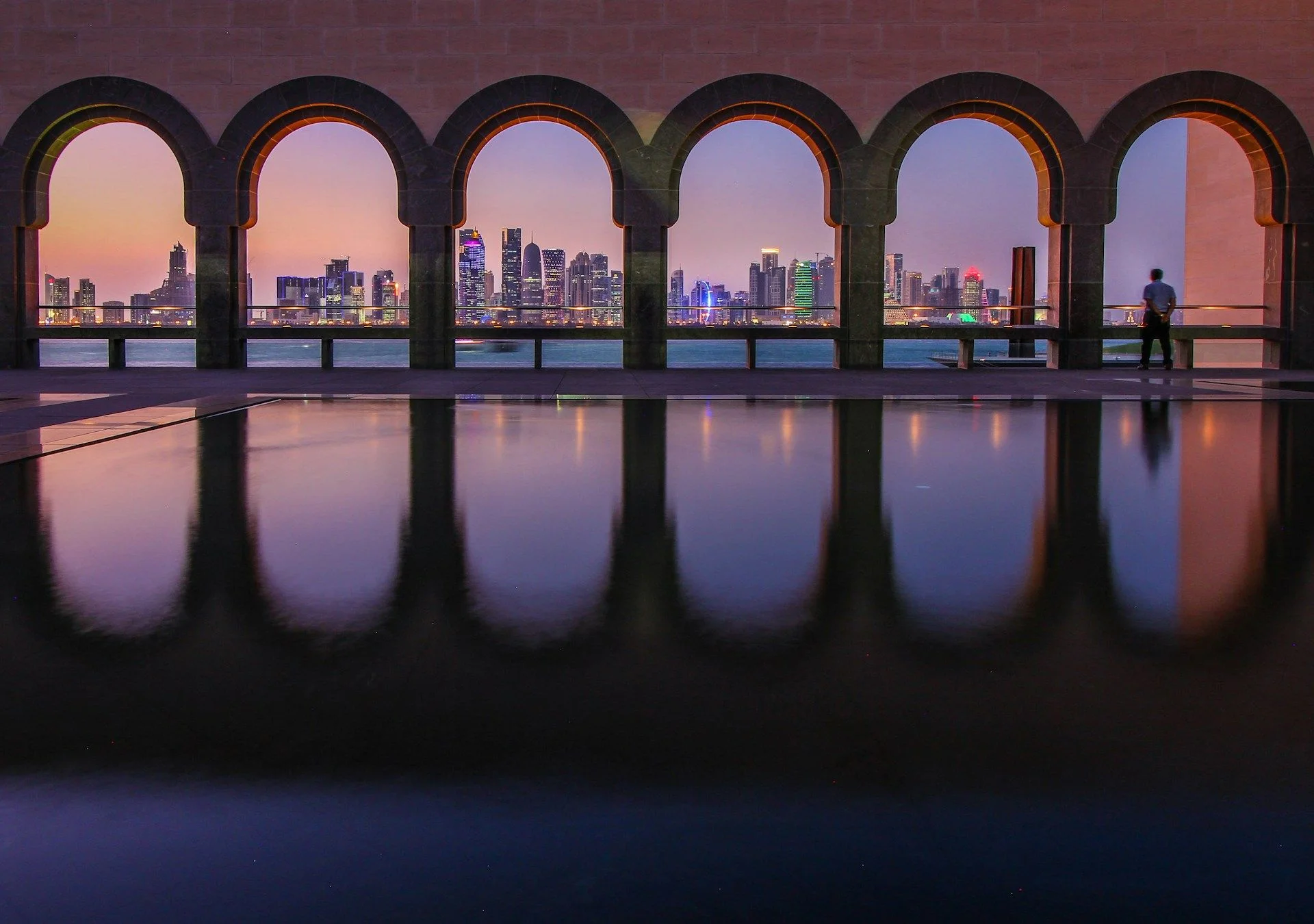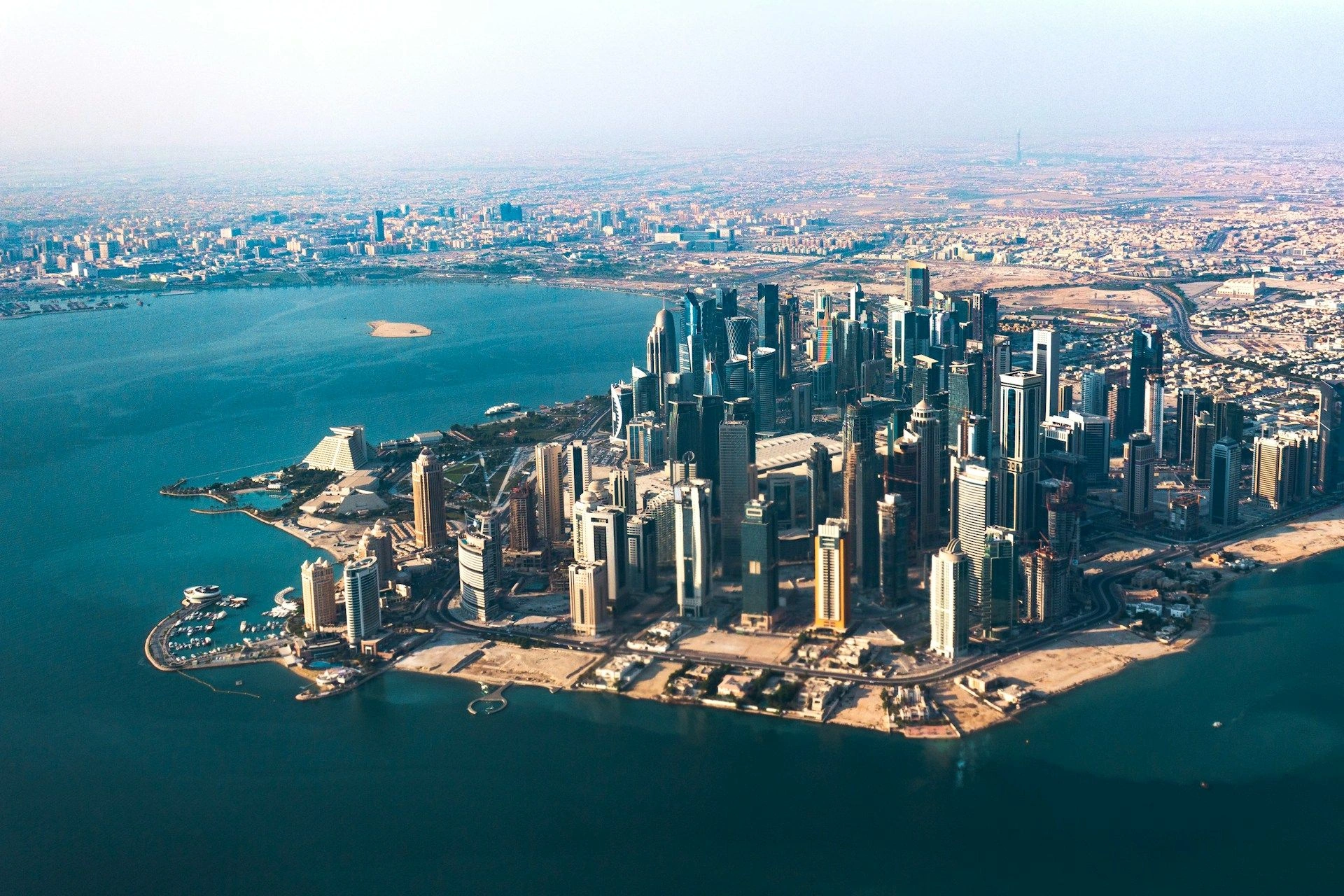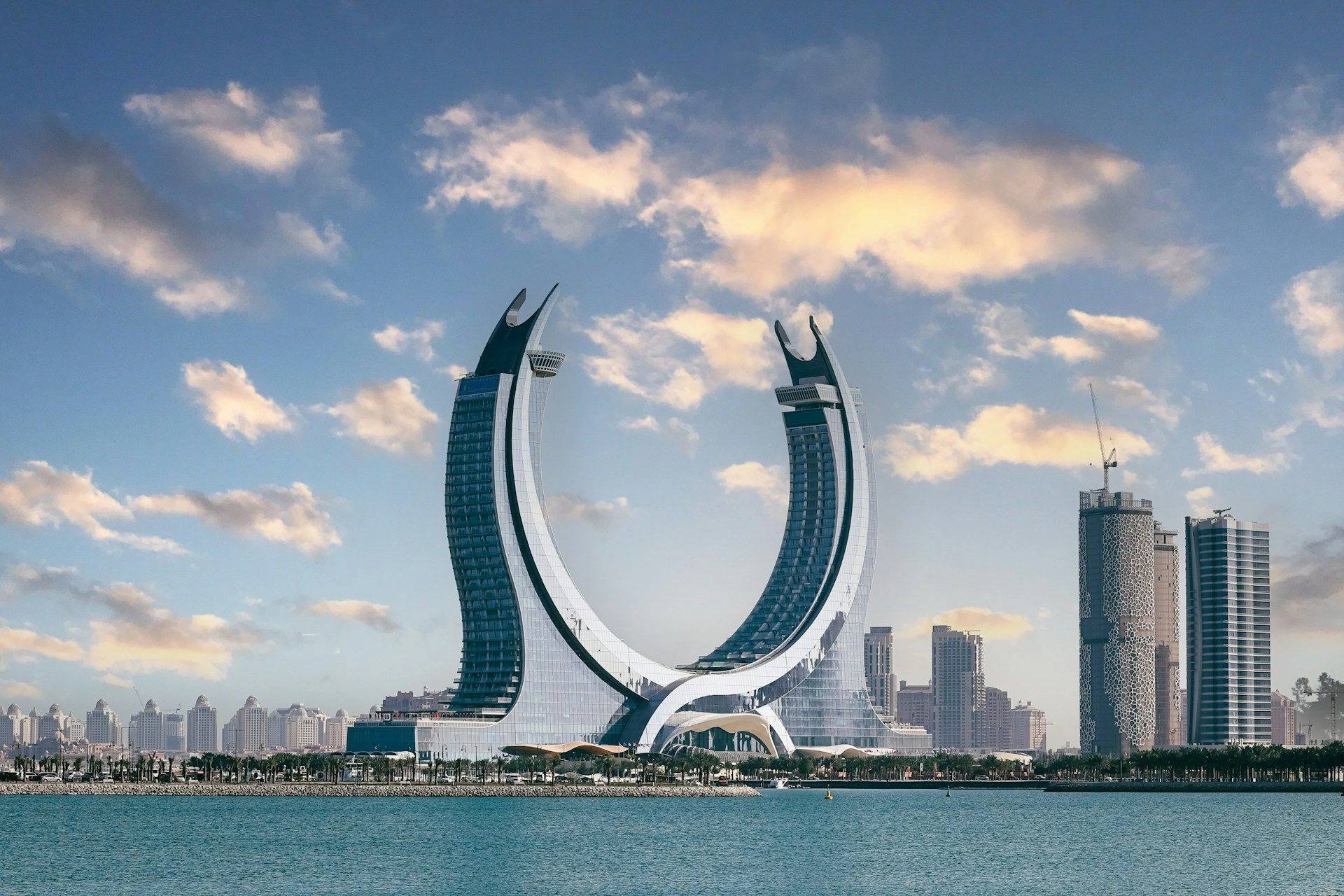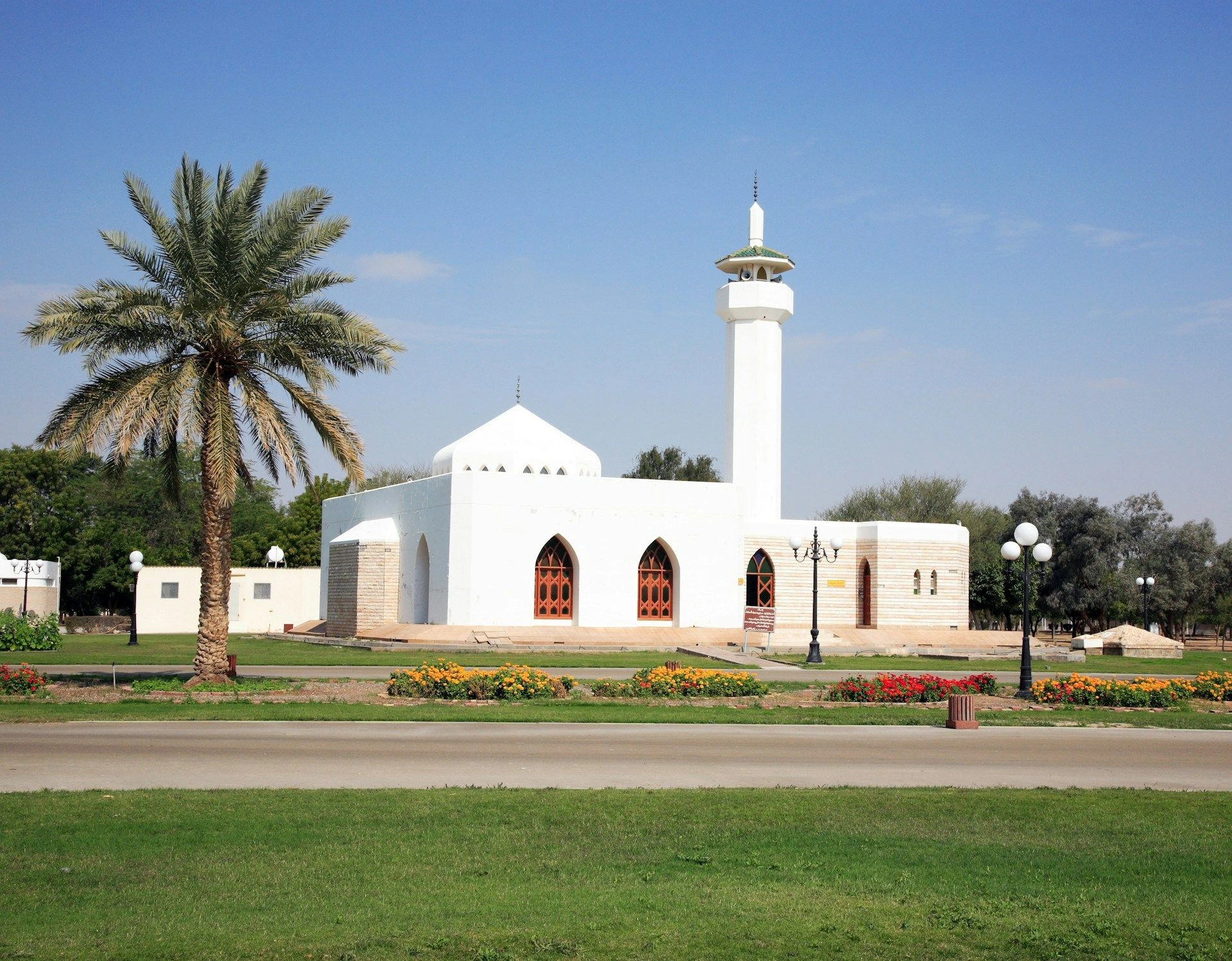Advantages of traveling
to Qatar
Pearl Diving Heritage
Board a traditional dhow at Doha Corniche, learn freediving techniques from veteran divers, and explore restored oyster beds while sampling stories of Bahrain’s—sorry, Qatar’s—ancient pearl economy firsthand.
Fortress & Museum Trails
Wander the ramparts of UNESCO-listed Al Zubarah Fort, delve into Dilmun artifacts at the National Museum of Qatar, then marvel at Islamic art masterpieces in the Museum of Islamic Art’s iconic waterfront building.
Desert & Beach Escapes
Combine dawn dune-bashing and sandboarding in the Inland Sea’s rolling sands with afternoon snorkeling among vibrant coral gardens at the Daymaniyat Islands, ending your day with a seaside barbecue under starry skies.
Pearl Diving Heritage
Board a traditional dhow at Doha Corniche, learn freediving techniques from veteran divers, and explore restored oyster beds while sampling stories of Bahrain’s—sorry, Qatar’s—ancient pearl economy firsthand.
Fortress & Museum Trails
Wander the ramparts of UNESCO-listed Al Zubarah Fort, delve into Dilmun artifacts at the National Museum of Qatar, then marvel at Islamic art masterpieces in the Museum of Islamic Art’s iconic waterfront building.
Desert & Beach Escapes
Combine dawn dune-bashing and sandboarding in the Inland Sea’s rolling sands with afternoon snorkeling among vibrant coral gardens at the Daymaniyat Islands, ending your day with a seaside barbecue under starry skies.

Useful articles
and recommendations from experts
Tourism in Qatar: A Complete Guide
Qatar, a rapidly evolving nation on the Arabian Peninsula, blends centuries-old Bedouin traditions with cutting-edge urban development. Tourism in Qatar spans the glittering skyscrapers of Doha’s West Bay, the UNESCO-listed Al Zubarah Fort, and the otherworldly dunes of the Inland Sea. Visitors can wander the winding alleys of Souq Waqif, marvel at masterpieces in the Museum of Islamic Art, and then race dune buggies across Khor Al Adaid’s golden sands—all within a compact country that measures just 11,571 square kilometres. Efficient connections via Hamad International Airport, an expanding metro system, and well-maintained highways make how to visit Qatar straightforward for independent travellers, business visitors, and families alike. Whether you’re tracing pearl-diving history, sampling modern Arabian fusion cuisine, or attending world-class sporting events, travel experiences in Qatar deliver a seamless blend of culture, adventure, and modern luxury.
Why Qatar is a Top Tourist Destination
At the heart of tourism in Qatar lies a dynamic interplay between heritage and innovation. Doha’s skyline—dominated by the twisting Tornado Tower and the sleek Doha Tower—rises above a Corniche promenade that curves gently along the turquoise Persian Gulf. Here, falcon-carving workshops and dhow-building yards sit beside luxury hotels and designer boutiques. The Museum of Islamic Art, designed by I. M. Pei, houses one of the world’s most comprehensive collections of manuscripts, ceramics, and textiles spanning fourteen centuries, while the National Museum of Qatar—helmed by architect Jean Nouvel—immerses visitors in the story of the Qatari people through multi-sensory exhibits. Outside the city, Al Zubarah Fort and its associated archaeological landscape offer a window into the pearl-fishing economy of the eighteenth century, now recognized as a UNESCO World Heritage site. Culinary tourism in Qatar shines at world-class restaurants serving Gulf-inspired tasting menus alongside family-run establishments in the Msheireb downtown district, where traditional Majlis hospitality meets innovative mixology. These contrasts—ancient and avant-garde—explain why Qatar attracts culture buffs, luxury seekers, and curious explorers in equal measure.
Main Types of Tourism in Qatar
Qatar accommodates a rich spectrum of tourism styles, each supported by top-tier facilities and curated experiences. Cultural and Heritage Tourism revolves around immersive tours of Souq Waqif, Katara Cultural Village, and the Barzan Towers, where guided storytellers explain the emirate’s evolution from pearling port to petro-state. Museum Tourism flourishes with visits to the Islamic Art Museum, the National Museum, and the 3-2-1 Qatar Olympic and Sports Museum—each offering interactive galleries and architectural highlights. Adventure and Desert Tourism unfolds in the rolling dunes of the Inland Sea (Khor Al Adaid), where 4×4 safaris, sandboarding, and overnight Bedouin camps under star-filled skies provide adrenaline and authenticity. Marine and Eco-Tourism features dhow-cruise wildlife safaris from Al Thakira mangroves to spot flamingos and herons, plus scuba-diving excursions at Halul Island’s coral reefs. Sports and Events Tourism peaks during the FIFA World Cup, MotoGP races at Losail International Circuit, and the Qatar Open tennis tournament, drawing global crowds to purpose-built stadia. Wellness and Leisure Tourism centers on luxury spas in The Pearl-Qatar, private beach clubs on Banana Island Resort Doha, and beachfront hotels along the West Bay. Family-Friendly Tourism offers educational playscapes at the Qatar Science & Technology Park and ocean adventures at Aquapark Qatar. By selecting from these best tours in Qatar, travellers tailor itineraries that balance culture, adventure, relaxation, and family fun.
Unique Attractions and Experiences
Beyond the headline sights, Qatar delivers memorable niche experiences. In the early morning, pearl-diving reenactments depart from traditional dhows in Doha Corniche, where historians recount the dredging of oyster beds that once underpinned the economy. The Al Shaqab equestrian centre showcases Arabian horses through live dressage performances and riding academy sessions. At the Lusail Marina, sunset dhow cruises illuminate the skyline as diners enjoy grilled hammour and date-palm desserts onboard. Art lovers find hidden gems in Al Riwaq Gallery’s contemporary exhibitions and the vibrant street art murals of the Msheireb precinct. For wildlife enthusiasts, boat tours in Al Thakira allow close encounters with migratory birds and mangrove ecosystems. And high-rollers can charter a helicopter from the RAF-converted heliport for aerial views of the Pearl-Qatar’s lagoon-cut isles. These distinctive travel experiences in Qatar ensure each trip reveals fresh facets of the island nation’s culture and environment.
Practical Tips for Travelers
When planning how to visit Qatar, keep these practical Qatar travel tips in mind. Entry Requirements: Citizens of over 80 countries receive a visa on arrival for stays of up to 30 days; others apply online for an e-Visa in advance. Transport: Hamad International Airport (DOH) is a major global hub; the Doha Metro—with Red, Green, and Gold Lines—links the airport to Msheireb, West Bay, and Education City. Karwa taxis and ride-hail apps like Uber operate nationwide. Car rental requires an international driving permit; GPS navigation is recommended for desert forays. Currency: The Qatari riyal (QAR) is pegged to the US dollar; ATMs and credit-card acceptance are ubiquitous, though small vendors may prefer cash. Language & Customs: Arabic is official, but English is widely spoken. Respect local norms—modest clothing in public spaces and public-display discretion during Ramadan, when eating and drinking outdoors between dawn and dusk is prohibited. Health & Safety: Doha’s tap water is potable, and health facilities meet international standards. Pack reef-safe sunscreen for marine activities and lightweight, breathable attire for daytime; evenings may cool slightly, warranting a light layer.
Seasonal Demand and Visitor Flows
Qatar’s tourism peaks follow both climate and event calendars. High Season runs October to April, when temperatures range from 18 °C to 28 °C—ideal for outdoor exploration of desert and coast. Hotel rates surge during the Qatar Grand Prix (November) and major cultural festivals such as Ajyal Film Festival (November). Shoulder Season in May and September sees warmer days (30 °C to 38 °C) with fewer crowds and moderate discounts on accommodation. Low Season in June through August brings intense heat (40 °C+) and high humidity; visitors often favour indoor attractions—museums, malls, and air-conditioned cultural venues—and schedule desert activities at dawn or dusk to avoid midday temperatures. Weekend visitor flows peak Friday and Saturday; weekdays offer quieter experiences at heritage sites and dunes. Aligning your itinerary with these windows ensures comfortable conditions, availability of best tours in Qatar, and participation in cultural events without booking stress.
Travel Planning Recommendations
To craft an optimal Qatar itinerary, consider these travel planning recommendations. First, allocate at least four full days: one for Doha’s museum and heritage circuit (MIA, Souq Waqif, National Museum), one for desert adventure in Khor Al Adaid, one for coastal and marine tours (Daymaniyat Islands, Al Thakira mangroves), and one for sports or cultural events at Lusail or Education City. Second, book tours—desert safaris, dhow cruises, and museum guided visits—two to three months ahead during the peak season and F1 weekends. Third, secure accommodation in central Doha for easy metro access; consider a desert camp booking for one night to experience Bedouin hospitality. Fourth, rent a 4×4 vehicle for inland excursions, ensuring full-coverage insurance. Fifth, download offline navigation apps (Google Maps offline) and the Mowasalat (Karwa) app for metro and taxi bookings. Sixth, pack versatile clothing: modest daytime attire, swimwear for beach resorts, and a light jacket for air-conditioned interiors. Finally, monitor the Qatar Tourism Authority’s event calendar for pop-up festivals—Qatar Airways Annual Shopping Festival and Doha Jewellery & Watches Exhibition—and purchase tickets early. By integrating these strategies on how to visit Qatar, you’ll ensure a seamless, enriching, and deeply memorable journey through the heart of the Gulf.




